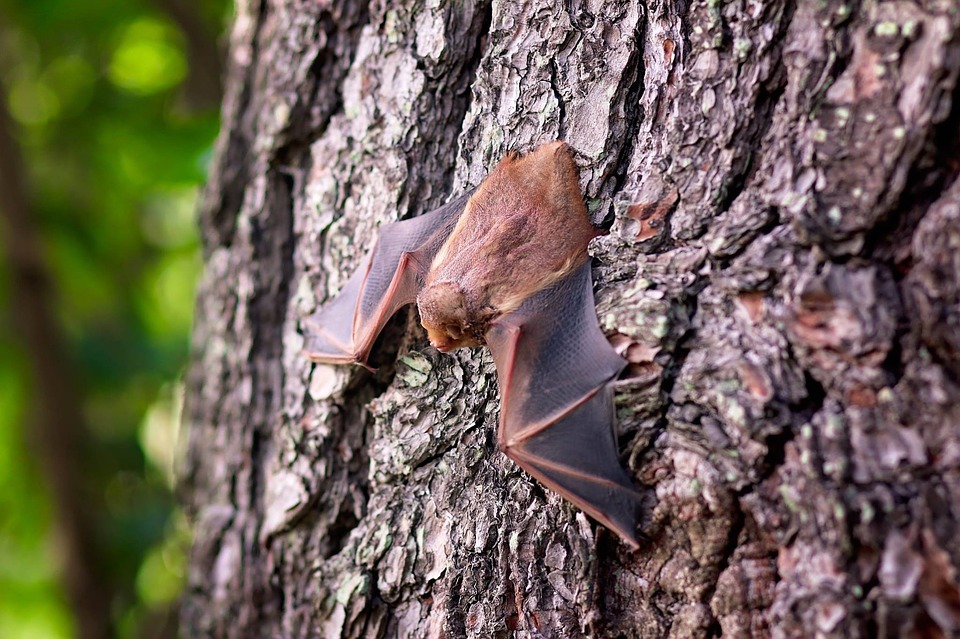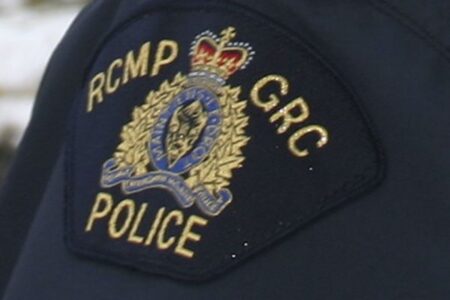Help bats for Hallowe'en
As Halloween approaches, images of scary-looking bats become commonplace. Since the goal of the Kootenay Community Bat Project is to promote bat conservation, this is the perfect time of year to counter bat myths and do something to help bats. Such as build bat houses and find good locations for them, to give bats a place to roost. More about that below.
Just so you know: bats are not very dangerous. There are more human deaths annually from dogs and bee stings than from diseases carried by bats. Statistically, having an occupied bat-house in your yard is safer than owning a dog or planting flowers!
Bats in BC are insectivores ― they eat huge numbers of insects and are very important in controlling insect populations.
“The conservation of bats in BC has always been important, since over half the bat species in this province are considered at risk” says Mandy Kellner, Coordinator for the BC Community Bat Program. “However, with the discovery of White-nose Syndrome in Washington State, bat conservation is more important than ever.”
White-nose Syndrome (WNS) is a disease caused by an introduced fungus, first detected in North America in a cave in New York in 2006. Since it was discovered, it has spread to 31 states and 5 provinces in North America, decimating bat populations along the way. “Luckily, WNS is not yet in BC” continues Kellner, “But we are preparing for its arrival by raising awareness about bats, working with landowners who have bats in buildings, enhancing bat habitat, and monitoring populations.”
Community Bat Projects across the province are hosting talks and events in association with Bat Week (October 24 – 31) to provide information and guidance on ways to help bats. Please join KCBP biologist, Leigh Anne Isaac, for a talk about bats on Friday October 27, 2017 at the Lions Hall at the Invermere Crossroads from 7-8pm. The cost is free. Monitoring for WNS will continue this winter, with KCBP requesting reports of dead bats or sightings of winter bat activity. You can report sightings at http://bcbats.ca/index.php/contact-us.
Options for encouraging healthy bat populations include preserving wildlife trees and wetlands, reducing pesticide use, or building and installing a bat house. With the decline of natural roost sites, some bat species have adapted to using human-made structures, such as bat-houses. These small boxes have several crevices inside that provide a safe, dry habitat where bats can roost during summer months. “Bat-houses are particularly important for maternity colonies where groups of female bats roost together to have their pup during the summer” states Kellner. “A well-designed bat-house installed in a good location can provide a home for hundreds of bats.”
In partnership with the BC Ministry of Environment, and funded by the Habitat Conservation Trust Foundation, Habitat Stewardship Program, the Columbia Valley Local Conservation Fund, and Columbia Basin Trust, KCBP conducts site visits to advise landowners on managing bats in buildings, coordinates the Annual Bat Count, and conducts outreach through community events.
To find out more about the BC Community Bat Program, visit www.bcbats.ca.

























Comments